The port of Cherbourg was critical to sustaining the Allied invasion force, and it was always intended to make use of it, especially as it would allow ships sailing directly from the US to offload without intermediate steps in England.
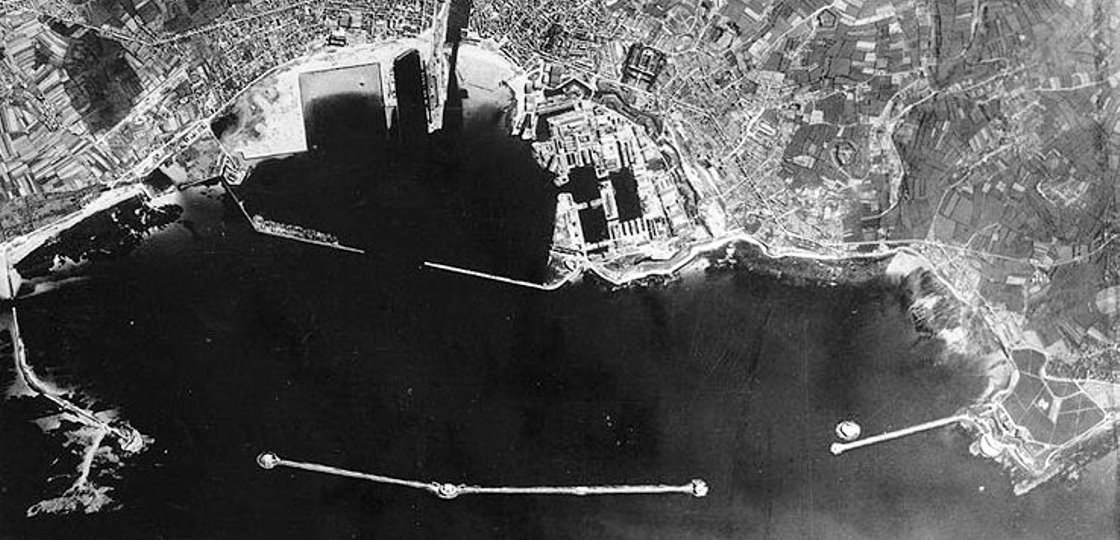
The Allies assumed German forces would both put up stiff resistance and whilst doing so, create as much damage as possible. Both assumptions were proven to be correct.
The Germans surrendered the port on D+20, the 26th of June 1944, a week after the great storm.
Leading the restoration of the port was the US Army 1056th Engineer Group. When they conducted their first survey, the damage found was considerable.
The German engineers had done about as complete a port denial operation as could have been.
A US Officer described it as;
A masterful job, beyond a doubt the most complete, intensive, and best planned demolition in history
Hitler awarded a Knight’s Cross to Rear Admiral Walter Hennecke, the Officer in charge of destroying the port.
The Transatlantic Terminal was destroyed, the whole area extensively mined, ships scuttled at dock entrances and quaysides and most of the facilities destroyed with copious amounts of HE.
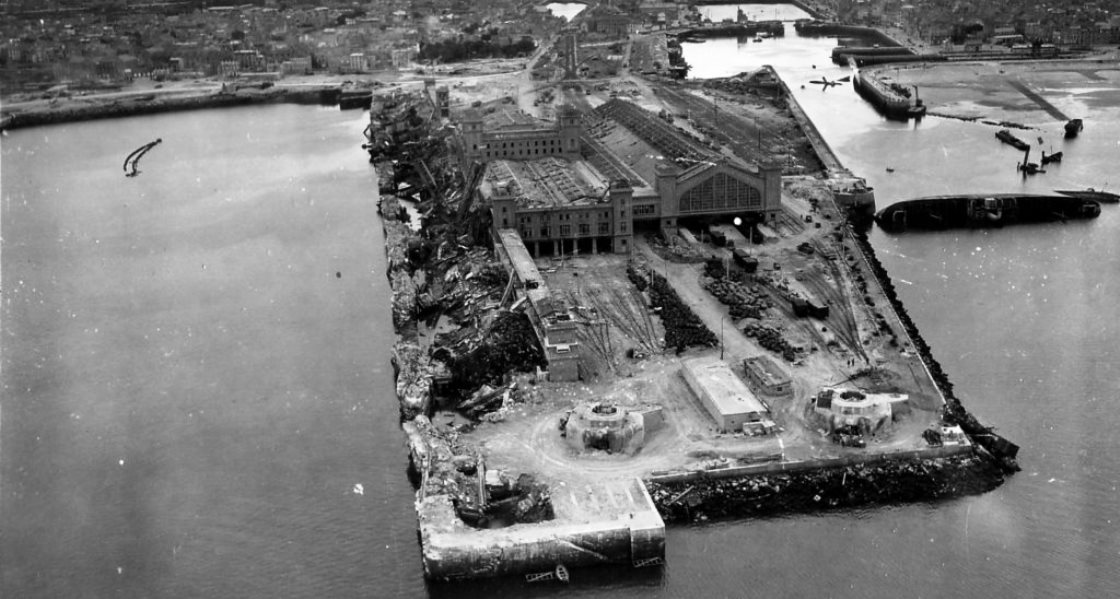
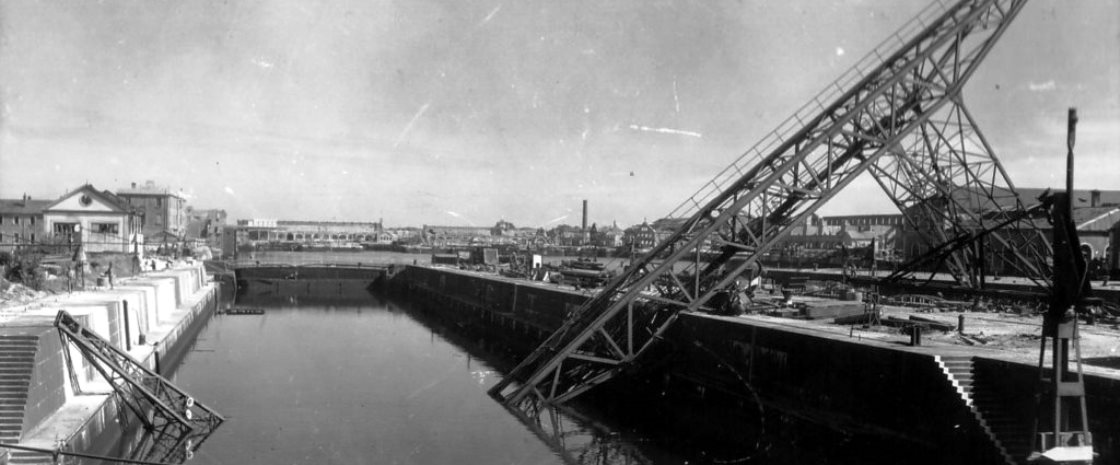
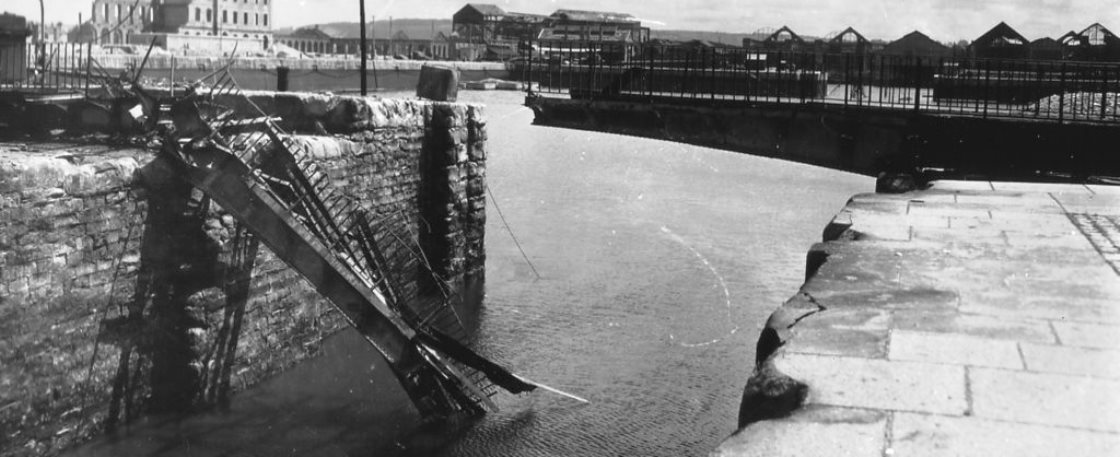
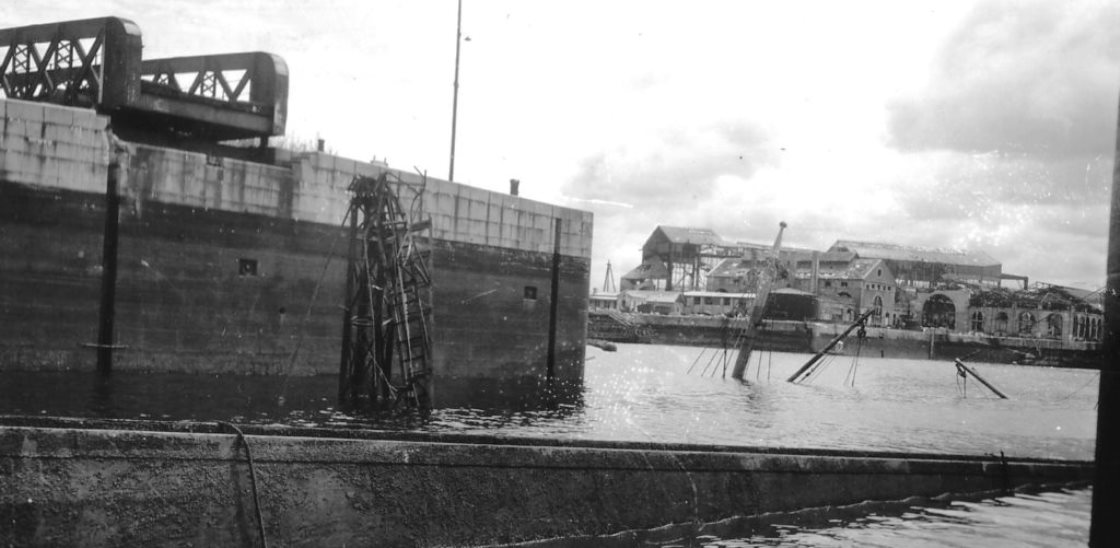
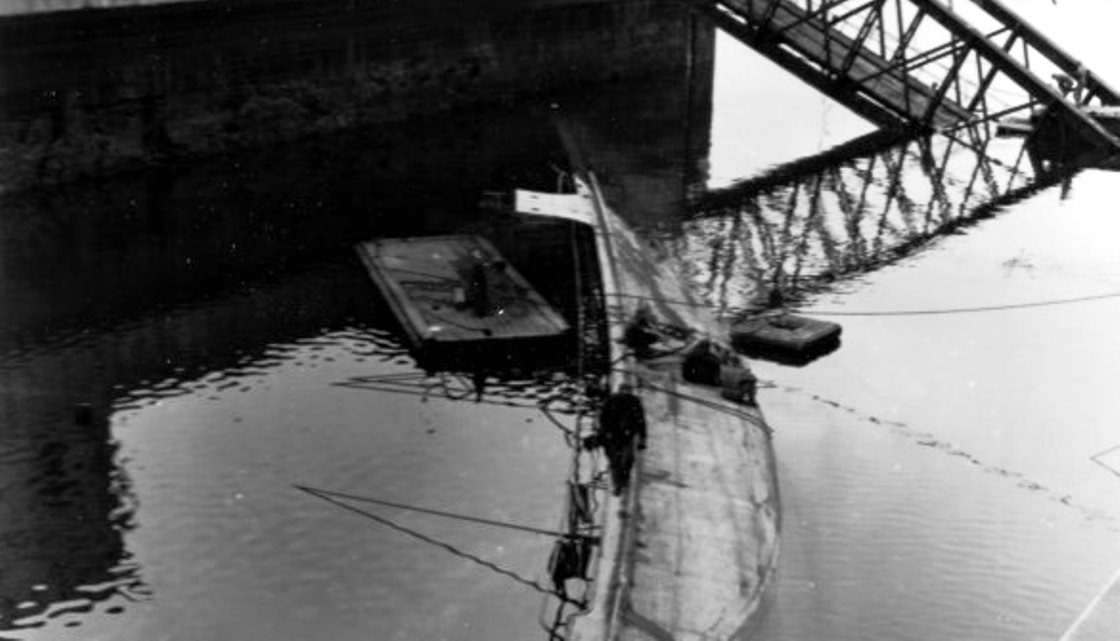
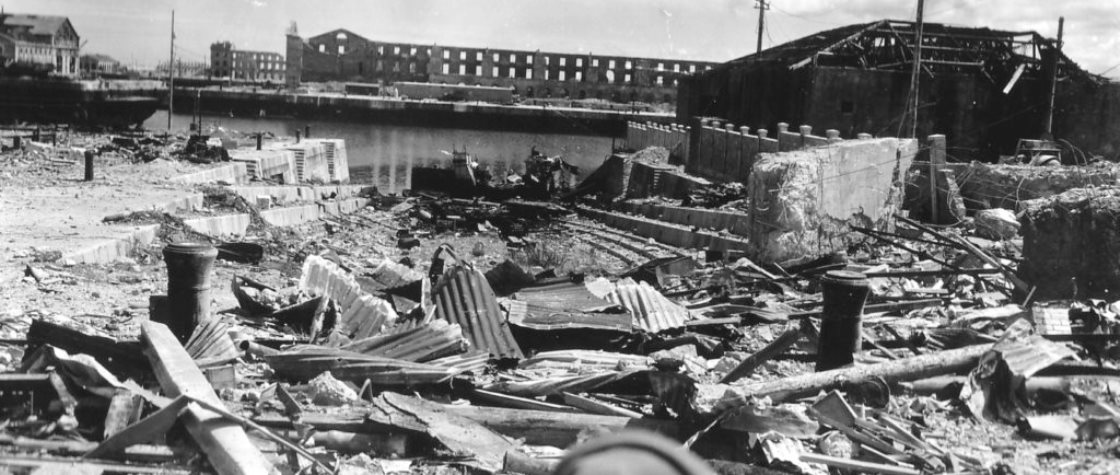
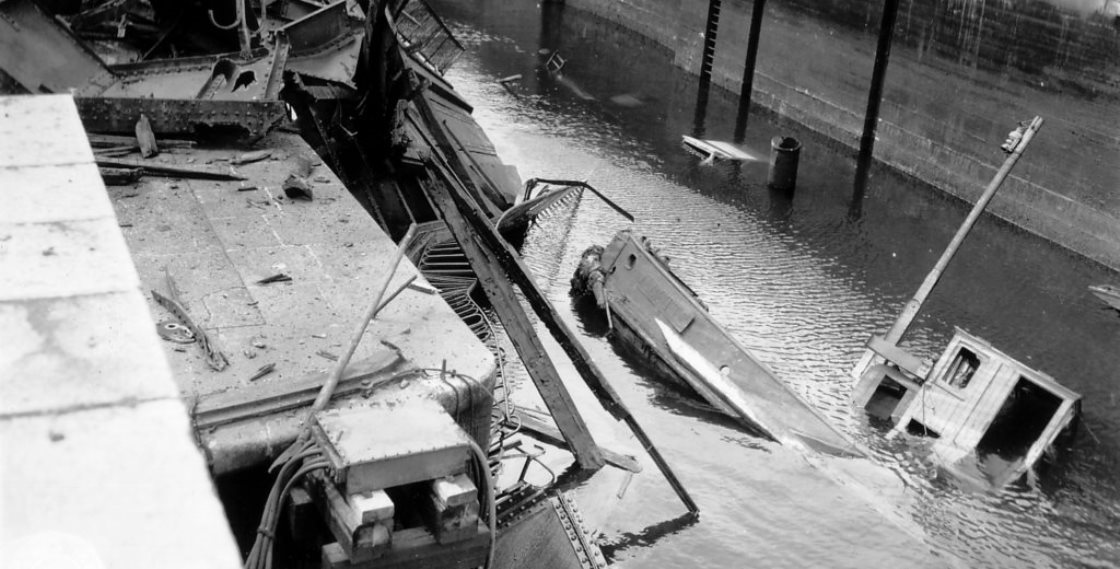
A plan was formulated
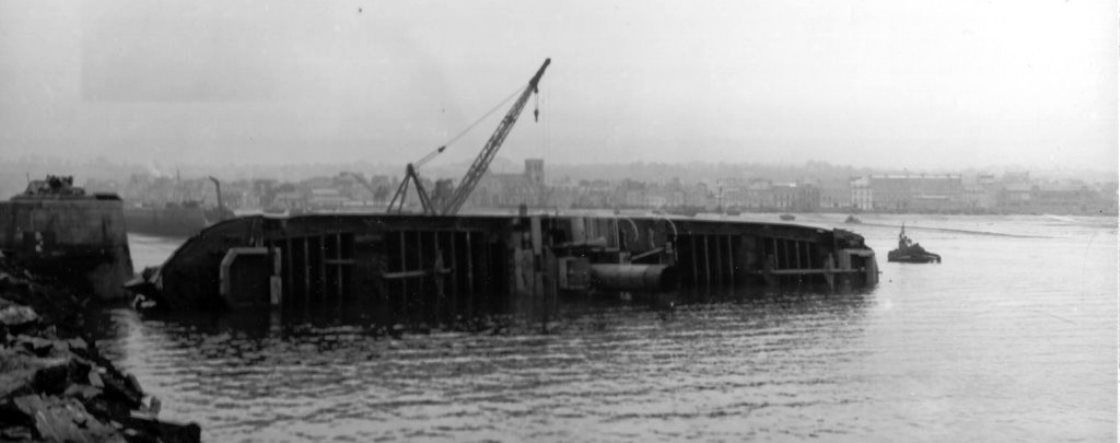
Scuttled ships would be removed first, quaysides and other facilities repaired, road and rail links restored and munitions cleared.

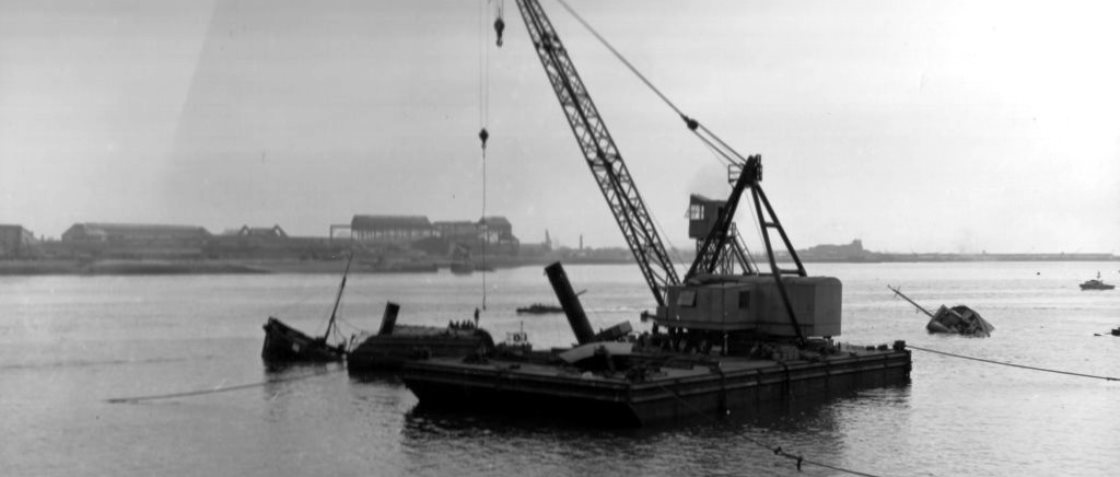
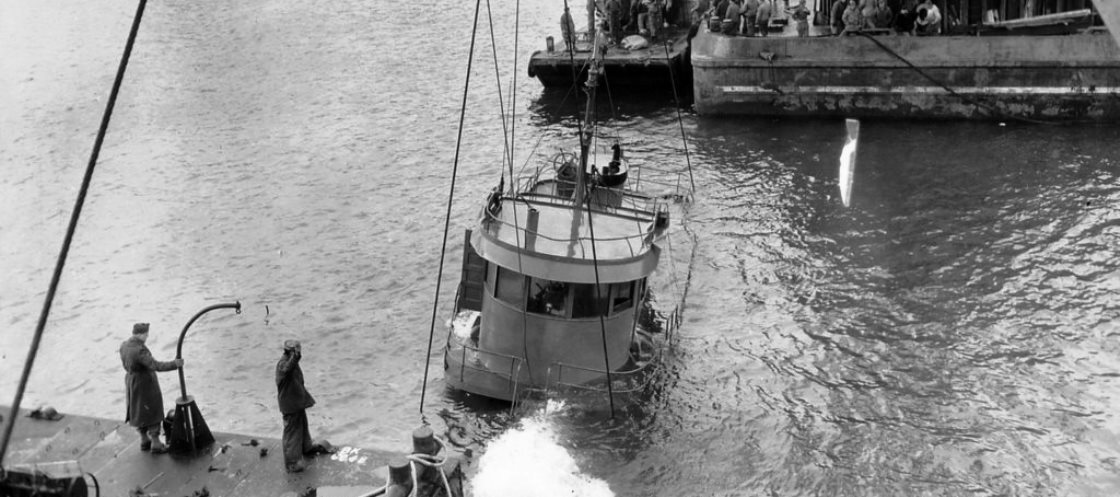
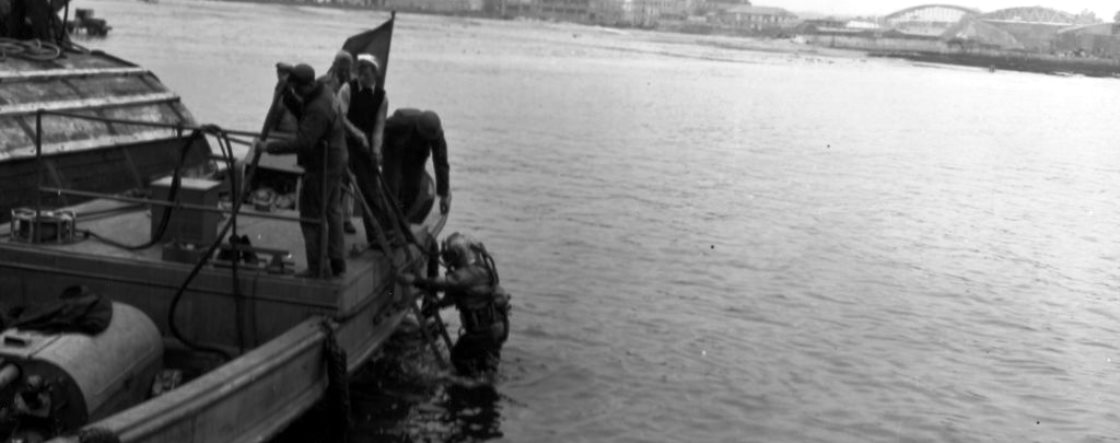
The Rhino ferries and LSTs continued their sterling work until the quaysides were repaired.
Read more (Amazon Affiliate Link)

Discover more from Think Defence
Subscribe to get the latest posts sent to your email.

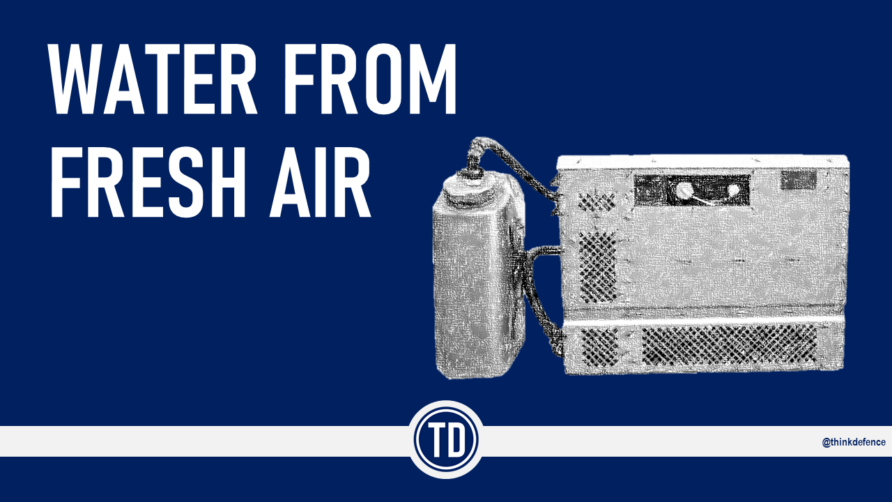


Clearing a mined and booby trapped port would be among the most dangerous / deadly task for even highly experienced sappers / engineers.
The German engineers were excellent at making places the Allies would soon take, very, very dangerous,
Making a port you are going to leave, very difficult to use is a given for nay half-way decent army. But they were very very good at it, from WW1 onwards.
A good while back I did an Assault Pioneer course as a Sergeant, and did a blinds/UXO course straight after. That was scary enough. On any day on the range a company will have several devices that don’t explode and remain dangerous. A fun job~